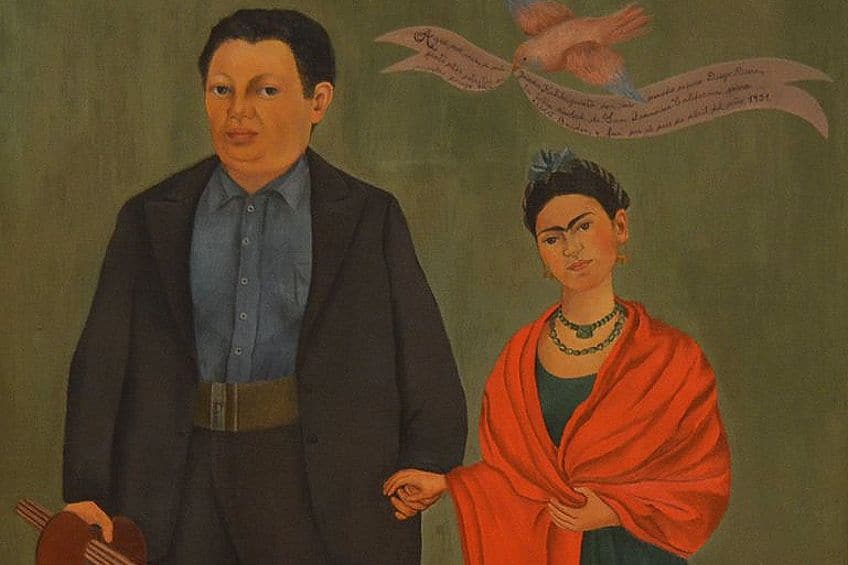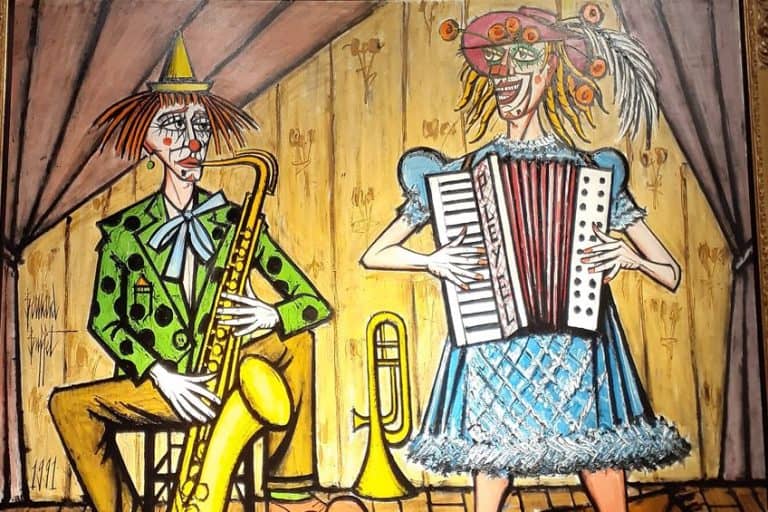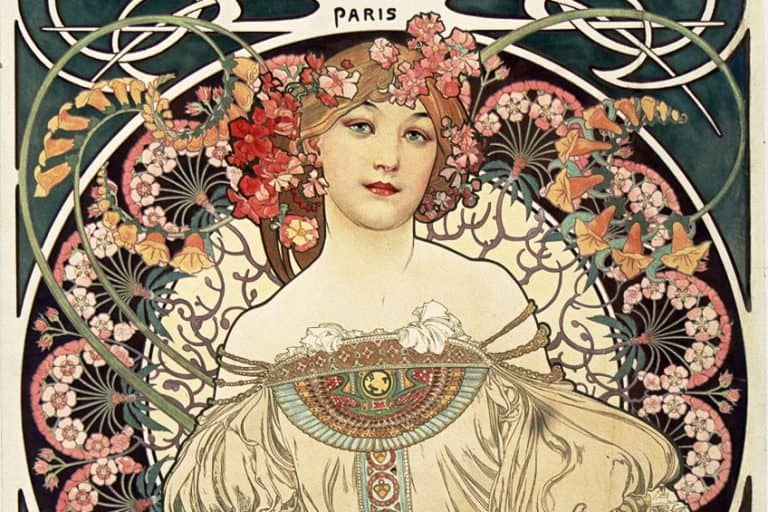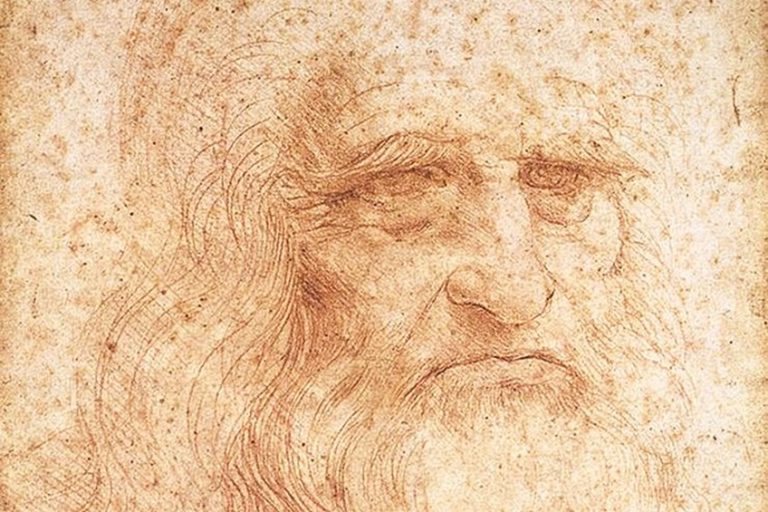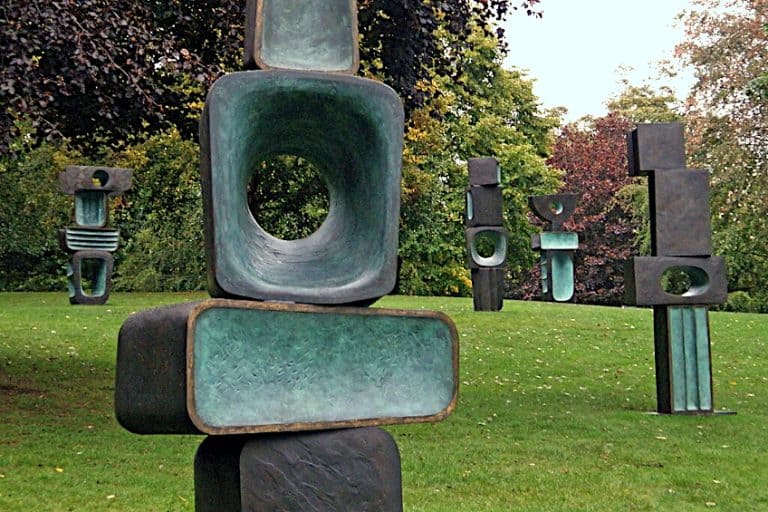Frida Kahlo and Diego Rivera – A Portrait of Love, Art, and Passion
The bond between Frida Kahlo and Diego Rivera is a captivating blend of love, creativity, and turmoil, set against Mexico’s cultural renaissance. From Kahlo’s introspective self-portraits to Rivera’s monumental murals, their intertwined journey reflects a tempest of passion and artistic collaboration. Despite facing infidelity, illness, and political strife, their bond endured, shaping their lives within the vibrant milieu of Mexico City’s art scene and the sanctuary of their Casa Azul. Their story is a testament to resilience and artistic expression, transcending the confines of conventional relationships and leaving an enduring legacy of love and creativity that challenges the complexities of emotion and identity.
Key Takeaways
- Frida Kahlo and Diego Rivera’s marriage merged their artistic practices and personal narratives.
- Their works individually reflect upon Mexican identity and their own personal experiences.
- Their enduring influence reshaped modern art and continues to inspire artists worldwide.
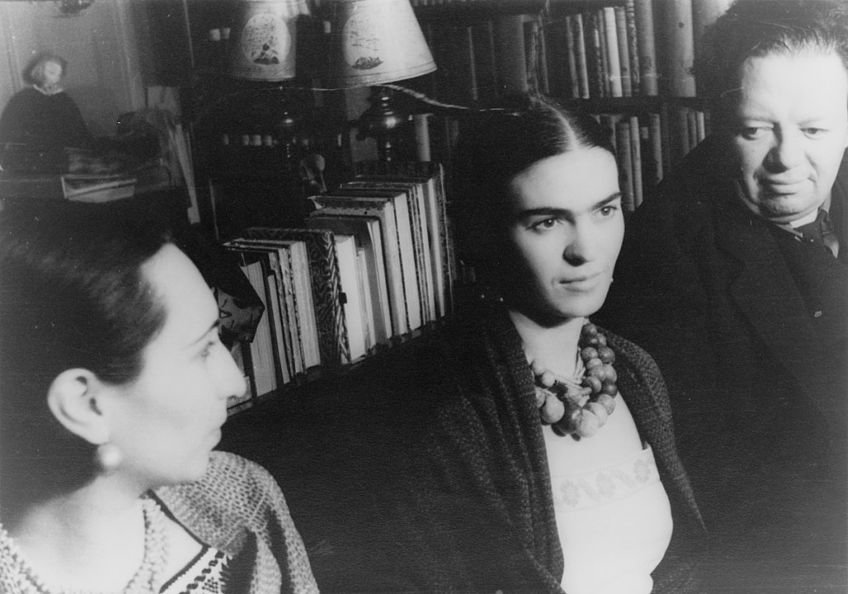
Early Life and Influences
Frida Kahlo and Diego Rivera each had unique beginnings shaping their distinct paths in the art world. Their early experiences in Mexico profoundly influenced their creative expression, reflecting key historical and personal elements.
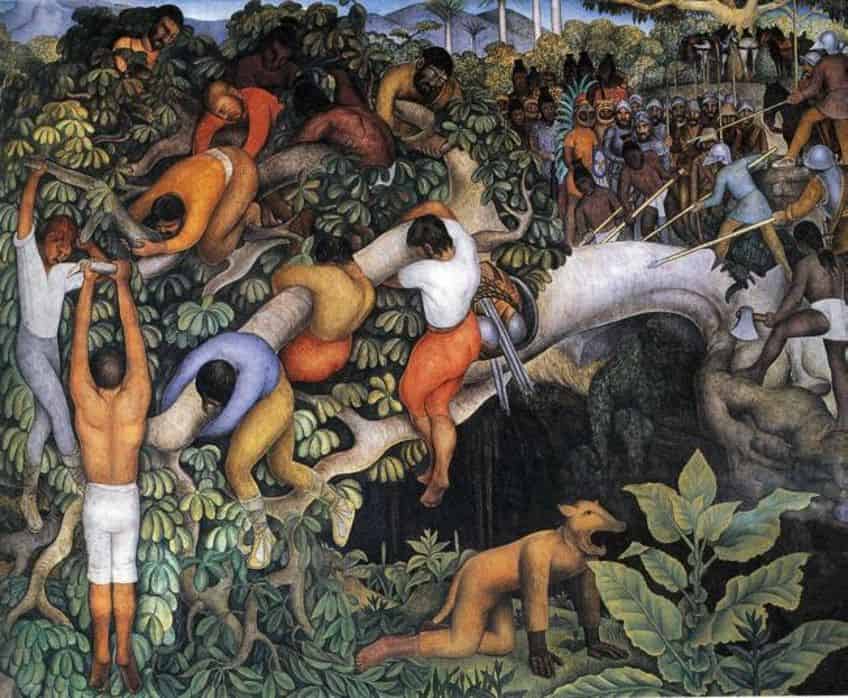
Frida Kahlo’s Formative Years
Frida Kahlo was born on July 6, 1907, in Coyoacán, Mexico. She claimed her birth was aligned with the start of the Mexican Revolution, often stating she was born in 1910, which fostered a deep sense of national pride and connection to Mexican identity in her work.
Frida Kahlo’s health challenges, beginning with polio at age six and exacerbated by a severe bus accident at eighteen, profoundly shaped her life and art.
Polio left her right leg thinner, while the bus accident resulted in multiple life-altering injuries that left her bedridden for extended periods. Despite these adversities, Kahlo turned to painting, using herself as a subject, which became a transformative outlet for her introspection and artistic expression. Her iconic self-portraits, characterized by a blend of realism and symbolism, emerged from this period of physical and emotional turmoil, setting the stage for a lifetime of profound artistic exploration.
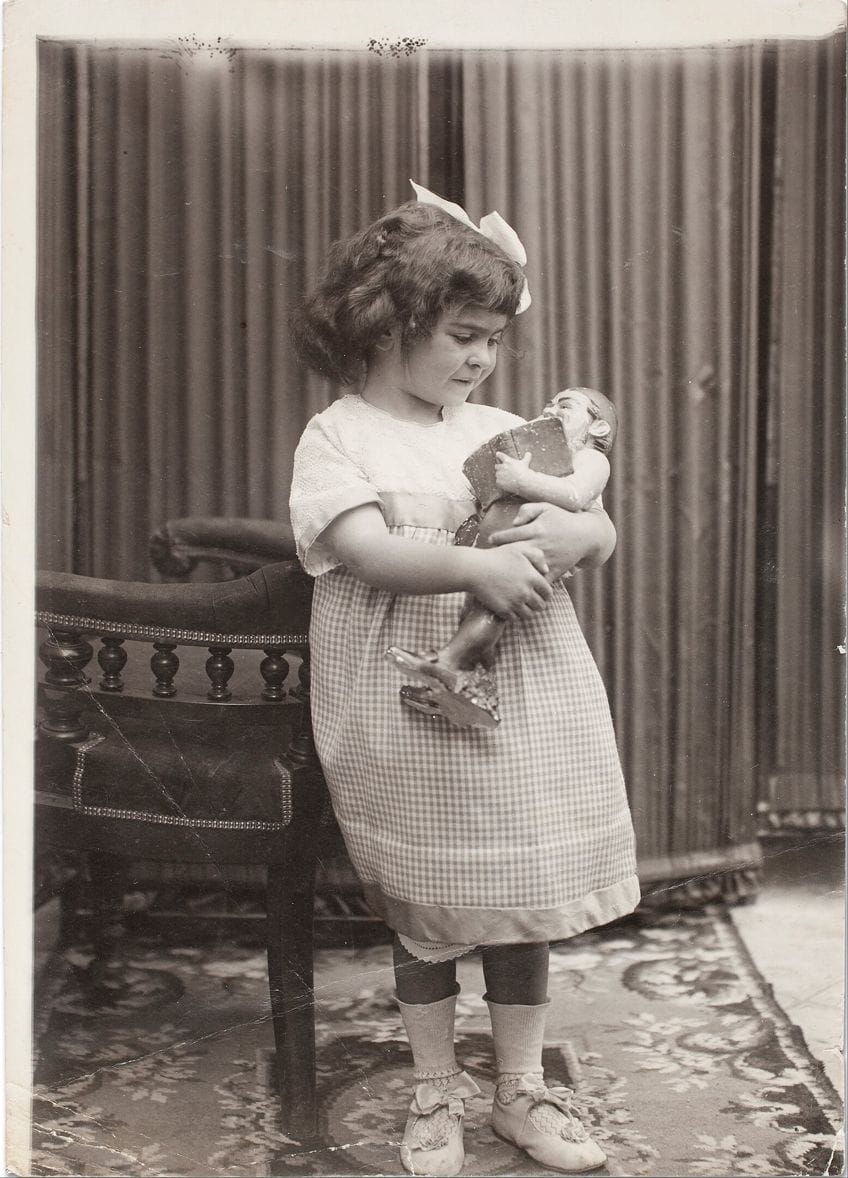
Diego Rivera’s Artistic Emergence
Diego Rivera was born on December 8, 1886, in Guanajuato, Mexico, to a well-off family. As a child, he displayed an exceptional talent for painting, starting his formal education at the Academy of San Carlos in Mexico City at the age of ten.
Diego Rivera’s artistic journey is marked by significant milestones that shaped his distinctive style and thematic focus.
Beginning with early sketches depicting Mexican history and the struggles of its people, Rivera’s art evolved through his exposure to European modernists during his time in Europe. It was there that he honed his technique and embraced fresco painting, which would become his signature style. Themes of social justice and cultural identity permeated Rivera’s work, particularly his focus on the lives of the working class and indigenous peoples of Mexico. As a pioneer of Mexican muralism, Rivera’s prominent murals not only depicted the nation’s history but also advocated for social change, offering a nuanced reflection of the complexities of Mexican society and its ongoing evolution.

Their Relationship and Collaborations
Frida Kahlo and Diego Rivera’s partnership was marked by intense creativity, passionate marriage, infamous infidelities, and shared political ideals. Their personal and professional lives were deeply intertwined, influencing the art and political landscapes of their time. Frida Kahlo and Diego Rivera first met in 1922 while Kahlo was still a student at the National Preparatory School in Mexico City. Rivera, who was already an established artist, was commissioned to paint a mural at the school’s auditorium.
Kahlo, along with her classmates, was assigned to assist Rivera in preparing the walls for the mural.
A Chance Encounter
In 1928, Kahlo and Rivera crossed paths again at a gathering hosted by Tina Modotti in Mexico City. The event brought together intellectuals, artists, and political figures, providing a vibrant backdrop for their initial encounter. This gathering marked the beginning of their storied relationship and served as the starting point for a connection that would profoundly shape both their personal lives and artistic careers.

Marriage and Mutual Influence
Frida Kahlo and Diego Rivera tied the knot in 1929, despite a significant age difference and Rivera’s established status as a prominent muralist. Their marriage was a fusion of deep emotional connection and artistic exchange, with each artist impacting the other’s work.
Kahlo’s rich color palette and complex symbolism found its way into Rivera’s murals, whereas Rivera’s large-scale political pieces inspired Kahlo’s exploration of identity and form.
Divorce and Subsequent Remarriage
In 1939, Kahlo and Rivera’s marriage endured a tumultuous phase marked by Kahlo’s grief over her miscarriage and Rivera’s affair with her sister Cristina, leading to their divorce in 1940. The separation was brief as they remarried the following year. This dynamic was consistently reflected in their work, where they portrayed each other during both tumultuous and loving times.

Political Alignment and Its Impact
Both Kahlo and Rivera were staunch supporters of Communism, which played a pivotal role in their life and work. They were active members of the Mexican Communist Party and hosted the exiled Russian revolutionary Leon Trotsky in 1937, which later caused strife between them due to Kahlo’s affair with Trotsky.
Their shared political beliefs often surfaced in their art, embodying the struggles and ideologies of the working class.
Individual Artistic Careers
Frida Kahlo and Diego Rivera, two renowned artists of the 20th century, established their unique places in the art world through their individual styles and thematic expressions. They brought forth powerful visual narratives—one through intimate self-portraits and the other through grand-scale murals—each offering profound insights into Mexican identity.

Kahlo’s Self-Portraits and Symbolism
Frida Kahlo is celebrated for her deeply personal paintings that often took the form of self-portraits. Her work is characterized by its vivid use of color and symbolic representations of physical and emotional pain. Kahlo’s expression of her reality through her art turned self-portraiture into a powerful tool for examining the inner self. Kahlo’s paintings provide insight into her personal experiences, including her troubled marriage to Rivera, her health complications, and her unyielding pride in her Mexican heritage.
Below is a list of some of her most iconic artworks.
- The Two Fridas (1939)
- Self-Portrait with Thorn Necklace and Hummingbird (1940)
- Self-Portrait with Cropped Hair (1940)
- Self-Portrait as a Tehuana (1943)
- The Broken Column (1944)
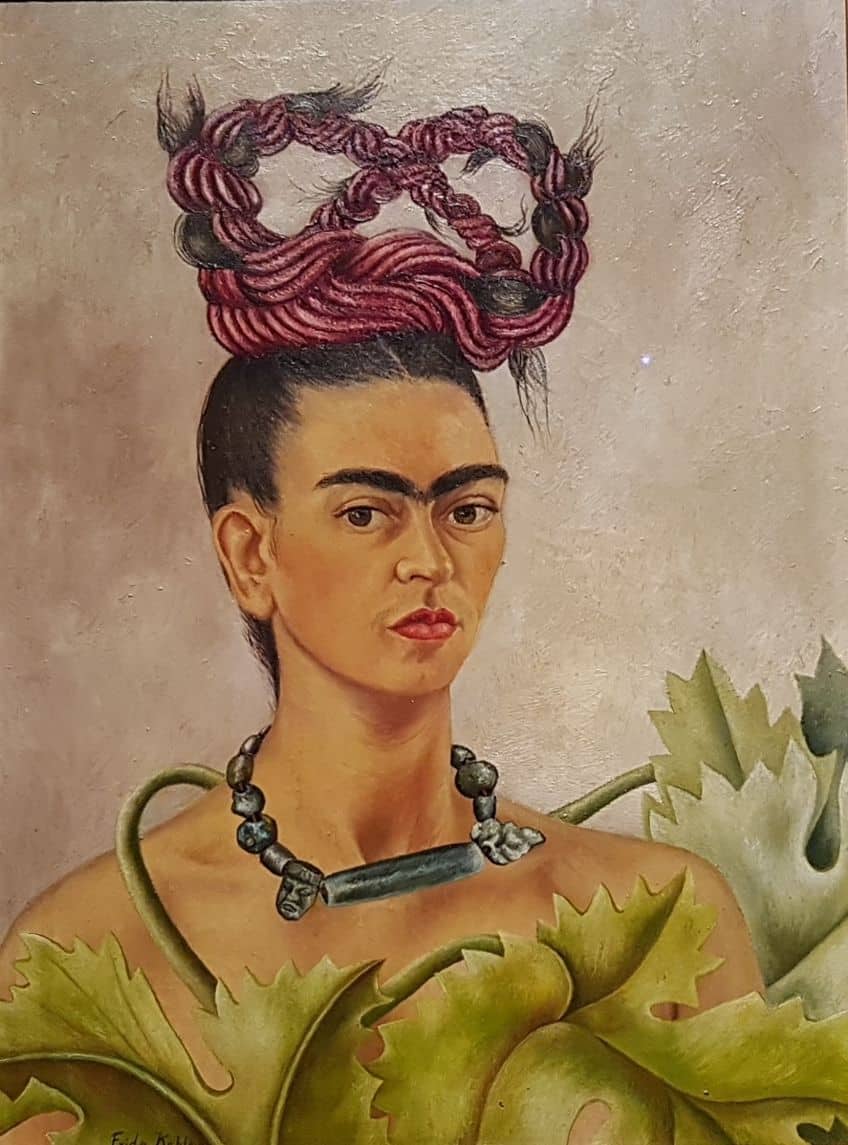
Rivera’s Murals and Public Works
Diego Rivera took on the task of depicting the social and cultural narratives of Mexico. His murals often showcased significant moments in Mexican history and emphasized the unity of Mexican society through the representation of its diverse peoples. Rivera’s panoramic frescoes blend traditional Mexican painting techniques with socialist themes, placing the experiences and daily lives of Mexicans at the forefront of his artistic mission. His murals can be seen as historical documents that capture the essence of 20th-century Mexican identity.
Below is a list of some of his most iconic artworks.
- Zapatista Landscape (1915)
- Detroit Industry Murals (1932 – 1933)
- Man at the Crossroads (1933)
- The Flower Carrier (1935)
- Dream of a Sunday Afternoon in the Alameda Central (1947 – 1948)

Personal Struggles and Artistic Triumphs
Both Frida Kahlo and Diego Rivera navigated through a labyrinth of personal tribulations that heavily influenced their artistic output. Their lives were marked by physical agony and emotional upheavals which served as a canvas for their triumphs in art. Frida Kahlo’s life was permeated with physical pain, beginning with polio at the age of six which left her with a limp.
Diego Rivera, on the other hand, was known for his infidelity and extramarital affairs, which were a source of public controversy.
Diego’s Controversies
His personal life was as colorful as his murals, often causing strife in his relationships, including his tumultuous marriage with Kahlo. Rivera’s affairs sometimes influenced his work, as he was known to include his lovers in his murals. Despite the scandal, his talent as a muralist remained in high esteem.
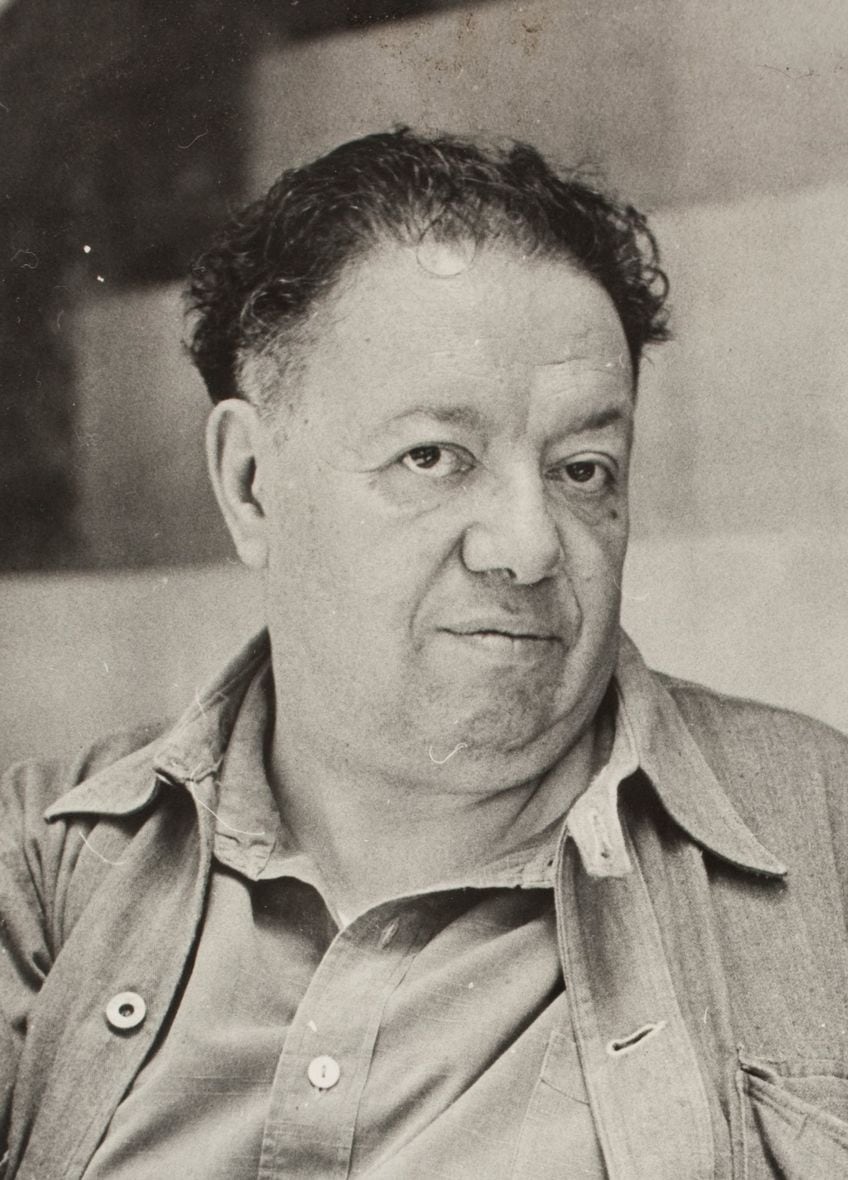
Frida’s Health Challenges
The most significant event, however, was a bus accident in 1925 that caused severe injuries, necessitating multiple medical procedures. This trauma was central to her art, as she frequently portrayed her physical struggles in her paintings. Over her lifetime, Kahlo also endured several miscarriages, further exacerbating her physical and emotional distress.
At the tender age of six, she contracted polio, which left her right leg visibly thinner than the other.
Then, at eighteen, she experienced a devastating bus accident that resulted in multiple fractures and a severe pelvis injury, shaping the trajectory of her life and art. Throughout the 1940s, Kahlo underwent numerous surgeries aimed at addressing the injuries sustained from the accident, enduring significant physical pain and emotional turmoil. Later in life, Kahlo faced the grim necessity of amputating her right leg due to gangrene, further compounding the challenges she confronted with unyielding strength and resilience.
Legacy and Impact on Modern Art
Frida Kahlo and Diego Rivera have left an indelible mark on the art world, influencing countless artists and solidifying their place in art history through their distinct contributions and revolutionary spirit.
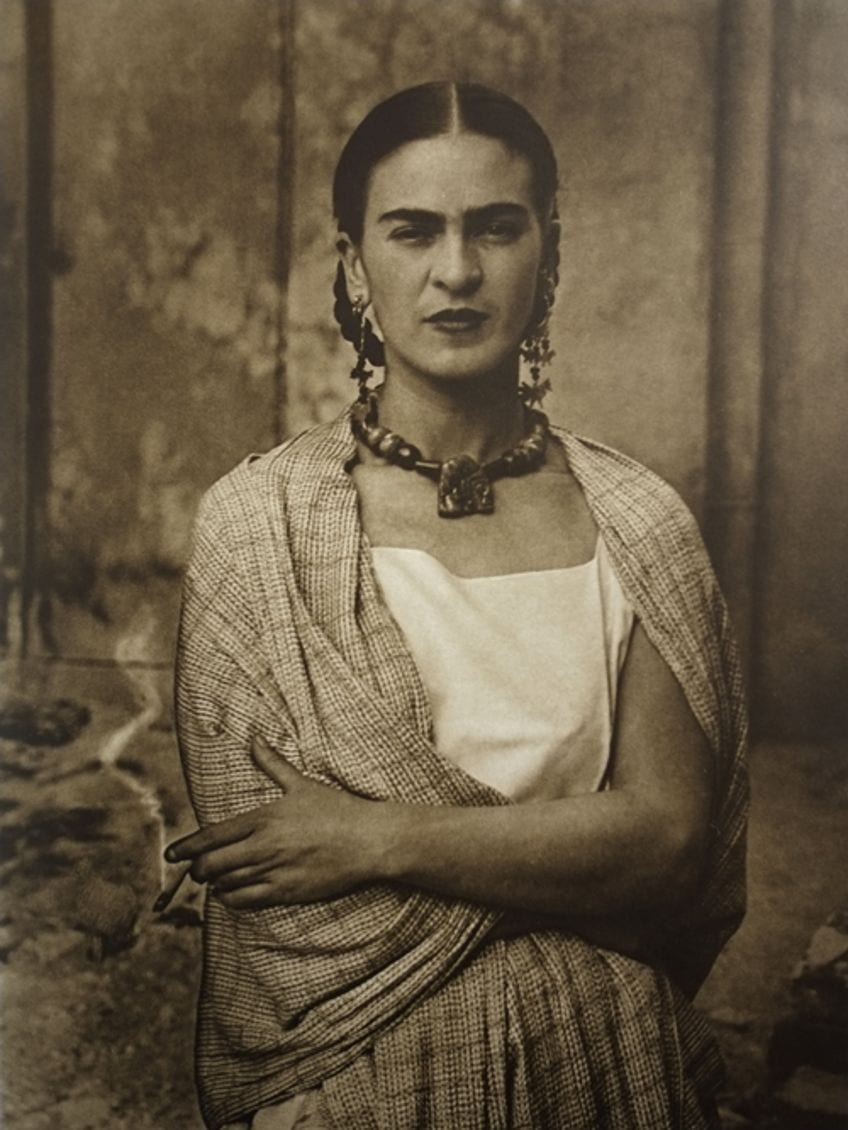
Influences on Later Artists
Kahlo and Rivera, pivotal figures in Mexican modernism, have impacted a wide range of later artists. Kahlo’s raw, autobiographical pieces have encouraged artists to explore themes of identity, post-colonialism, and feminism. Her self-portraits depict an unflinching introspection that artists find compelling, making the personal universally resonant. Rivera’s large-scale murals and commitment to public art have influenced artists to pursue socially engaged art forms.
Their works continue to resonate in contemporary discussions on gender, politics, and culture.
Museums such as the Museum of Modern Art (MoMA) have recognized their significance, showcasing their works in various exhibitions. By exhibiting pieces by Kahlo and Rivera, these institutions affirm their lasting relevance in the art community. La Casa Azul, the Blue House where Kahlo was born and spent significant parts of her life, is now a museum dedicated to her life and work. It stands as a testament to her enduring legacy, drawing visitors who seek to understand her influence firsthand.

The Frieda and Diego Rivera (1931) painting by Kahlo, housed in the San Francisco Museum of Modern Art, illustrates their complex personal and artistic partnership, which remains a subject of intrigue and study. The iconic banner of Mexican art, largely hoisted by Rivera and Kahlo’s contributions, continues to shape and inspire modern artists who strive to weave social narratives into their work. The couple’s legacy is ongoing, preserving an essential chapter of art history and maintaining a dialogue with contemporary society.
As individuals, Kahlo and Rivera each left their own indelible mark on the world of art, their styles reflecting their personal ideologies and cultural heritage. Their personal lives were fraught with challenges, including health issues, political activism, and notable affairs, all of which influenced their artistic output. Together, they cultivated a legacy that transcends Mexican art, impacting modern art and popular culture on a global scale.
Frequently Asked Questions
How Did Frida Kahlo and Diego Rivera’s Relationship Influence Their Artwork?
Kahlo and Rivera’s relationship was a fusion of passion, politics, and artistic dialogue. The emotional intensity of their marriage was often reflected in Kahlo’s vivid self-portraits which imbued her physical and psychological pain, as well as her experiences with Rivera. Meanwhile, Rivera, known for his large-scale murals, featured historical narratives that sometimes included references to their tumultuous relationship and to Kahlo herself, showcasing her as a central figure in his artistic narratives.
How Did the Age Difference Between Frida Kahlo and Diego Rivera Impact Their Dynamic as a Couple?
The couple’s 21-year age gap introduced a dynamic of both mentorship and paternal influence. Rivera, already an established artist, influenced Kahlo’s engagement with political and artistic circles. On the other hand, despite being younger, Kahlo maintained a strong and vibrant personality that both contrasted and complimented Rivera’s. Their age difference was just one aspect of their complex dynamic that encompassed mutual artistic respect, personal growth, and emotional turmoil.
Isabella studied at the University of Cape Town in South Africa and graduated with a Bachelor of Arts majoring in English Literature & Language and Psychology. Throughout her undergraduate years, she took Art History as an additional subject and absolutely loved it. Building on from her art history knowledge that began in high school, art has always been a particular area of fascination for her. From learning about artworks previously unknown to her, or sharpening her existing understanding of specific works, the ability to continue learning within this interesting sphere excites her greatly.
Her focal points of interest in art history encompass profiling specific artists and art movements, as it is these areas where she is able to really dig deep into the rich narrative of the art world. Additionally, she particularly enjoys exploring the different artistic styles of the 20th century, as well as the important impact that female artists have had on the development of art history.
Learn more about Isabella Meyer and the Art in Context Team.
Cite this Article
Isabella, Meyer, “Frida Kahlo and Diego Rivera – A Portrait of Love, Art, and Passion.” Art in Context. February 19, 2024. URL: https://artincontext.org/frida-kahlo-and-diego-rivera/
Meyer, I. (2024, 19 February). Frida Kahlo and Diego Rivera – A Portrait of Love, Art, and Passion. Art in Context. https://artincontext.org/frida-kahlo-and-diego-rivera/
Meyer, Isabella. “Frida Kahlo and Diego Rivera – A Portrait of Love, Art, and Passion.” Art in Context, February 19, 2024. https://artincontext.org/frida-kahlo-and-diego-rivera/.


